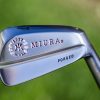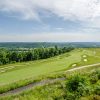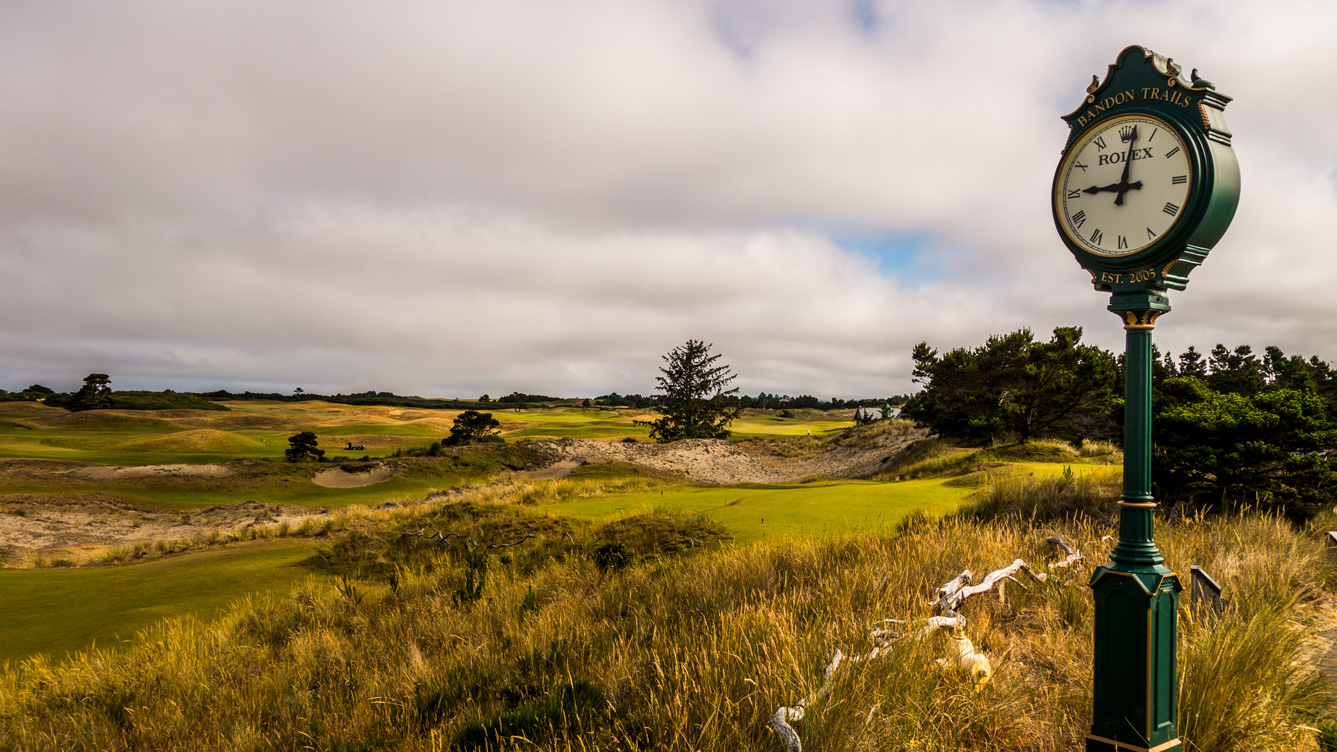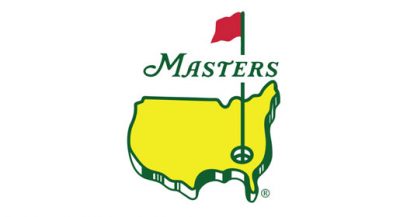Golf Stock Photo Fail – Teeing Up a 3-Wood on the Putting Green
Categories: Boneheads • Miscellaneous
Tags: Golf Stock Photo Fail
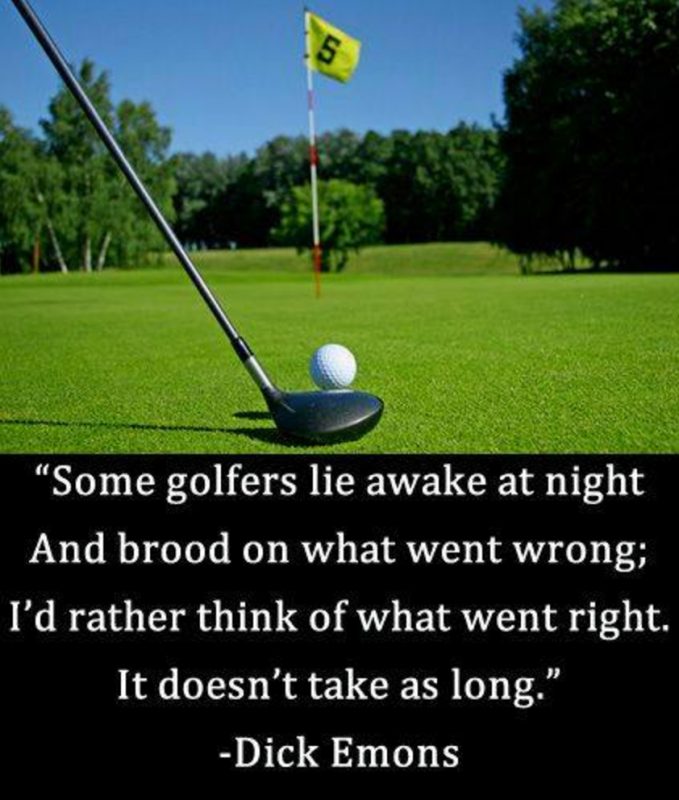
Ah yes. A fun meme about golf. They’re all over chain emails and golf social networks. You know, those tweet face things… These incredibly creative golf memes usually have some catchy golf quote and a great supporting photo. This one above asks if golfers “lie awake at night and brood on what went wrong…”
Me? I don’t lie awake and brood on what went wrong. I lie awake at night and brood on who-the-f tees up a three wood on the putting green 12 feet from the pin…
First Look: Healing Sole Heel Pain Relief Flip Flops
Categories: Golf Accessories • Golf For Women • Golf Gear
Tags: Flip Flops
You’re probably asking, “WTF do heel pain relief flip flops have to do with golf?” In my case quite a bit. Last year while “training” for my 3rd Scotland golf trip, I completely overdid it on shoes with low arches and gave myself plantar fasciitis. Plantar fasciitis is a very painful condition in the heel and arch of the foot which is caused by lack of arch support in shoes, among other things. Fast forward a year later, and now I have a new pair of flip flops that aren’t the typical flat ones. These are designed to treat, alleviate pain, and promote overall better foot health.
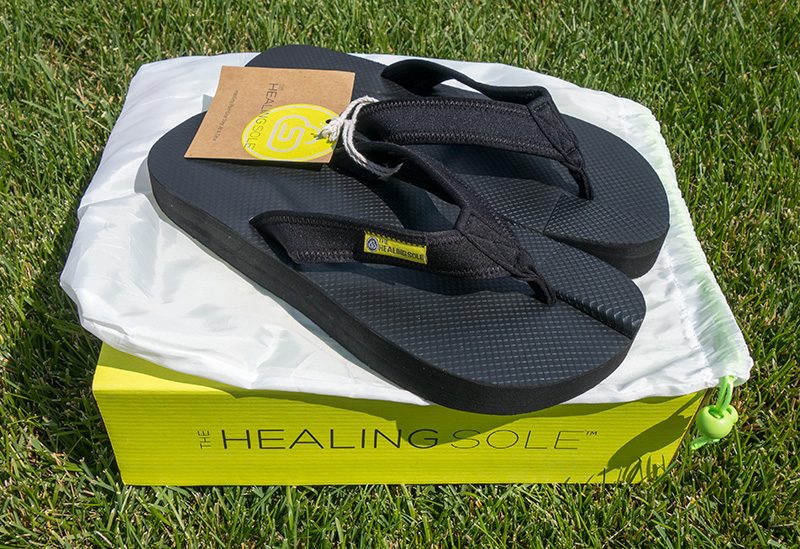
In the high heat of summer here I never wear shoes and socks, especially after walking 10 miles and sweating like crazy. I’m always in flip flops apres golf. I’m just about to start “testing” these flip flops now. Yes, it is hard work but someone has to do it. These incredible golf and lifestyle reviews don’t write themselves.
Stay tuned for my review of the Healing Sole soon.
Forté Golf Tour-Performance S Golf Ball Review
Categories: Golf Balls • Golf Equipment • Golf For Women • Golf Gear • Reviews
Tags: Forté Golf • Golf Balls
I recently reviewed the 6-layer golf ball from Forté Golf, an Australian based company. That’s the first of two golf ball models from Forté Golf. Today’s review is the Tour-Performance S model. This is a ball with a different construction than their 6-layer, but still focuses on “tour” performance. What does that mean? We hear “tour” all the time when referring to golf equipment, especially golf balls. Tour typically means high short game spin and a soft urethane type of cover for control in the short game. Let’s take a look at the Tour-Performance S.
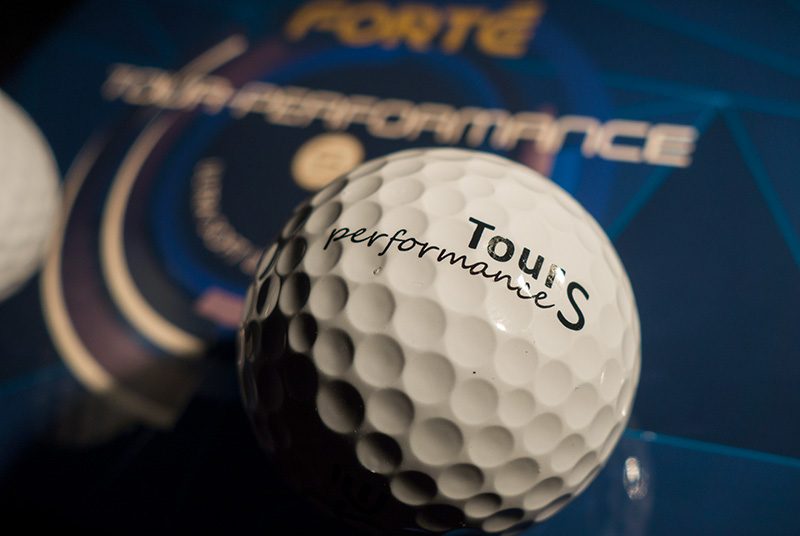
Tour-Performance S Overview
The Tour-Performance S is a 3-layer ball, often referred to as 3-piece construction. The layers are the core, mantle, and cover. Each layer has specific properties and materials designed specifically for performance characteristics throughout the various shots. Golf ball construction is tough. Lower spin rates are great for longer distance and accuracy with the long clubs. But higher spin rate is desired for shorter shots. That high spin provides bite and control.
The core primarily gives the ball its compression, and feel off the driver. The core of the Tour Performance S is soft and produces a low spin rate with the driver. The mantle blends the core with the cast urethane cover. The urethane cover provides the ball’s feel and control in short game shots, even putting.
On The Course
Tee
Driving with the TPS is excellent. I love the softer core. I’m able to hit this ball as far most brand name tour quality balls. Just yesterday I was in a tournament in high winds and was still able to hit some long drives which held their line nicely. I even got to put my name on the long drive sign, but that didn’t last long I’m sure.
Approach
The soft core and urethane cover make for great feeling shots with the irons. Longer irons compress well and my accuracy with them is great. Shorter irons and especially wedges stop on a dime and leave 7 cents change. In my last round I nearly holed out two shots from roughly 100 yards. Quite sure one lipped out. Nice to have a 10 inch birdie putt now and then.
Green
Short game shots, chipping and pitching around the green are huge beneficiaries of the urethane cover. I feel like I have total control and stopping power with my wedges.
Putting the S is terrific as well. It rolls true and is very easy to control distance.
Durability
One problem “tour” balls have is durability. It’s contradictory to have a soft cover and high durability. That said the TPS is very durable. I’ve played one ball for 2-3 rounds and it barely shows any wear.

Conclusion
The ultimate golf ball has low spin with the driver and high spin on shorter shots. The S performs highly on both ends of the spectrum and easily competes with tour caliber balls from the big name brands.
High Quality Golf Laser on the Cheap – TecTecTec VPRO500S
Categories: Golf • Golf Accessories • Golf For Women • Golf Gear • Reviews
Tags: Golf Laser Range Finder • TecTecTec
I may be fooling myself, but I like to think I hit certain clubs fairly accurate and consistent yardages. When I have an exact yardage to my target it helps me confidently pick the right club and put a solid swing on it. That’s one reason I typically prefer laser rangefinders over GPS devices on the golf course. I can shoot anything and get a number. Top lip of the bunker guarding the front of the green is 127 and the pin is 135. Perfect. I know just what to hit.
Laser rangefinders are not typically inexpensive. The Bushnell Pro X2 laser I recently reviewed is $500! That’s a lot of dough for golfers on a budget or who only play a few times a month or even a few times a year. Luckily the more affordable laser rangefinder space has an excellent player in it, TecTecTec. TecTecTec makes several “affordable” lasers which start in price from $149 and max out at $249.00. Many of the features found in the more expensive laser units come standard in TecTecTec lasers. Today’s review is the VRPRO500S.
VRPRO500S Overview
The VRPRO500S is not the least expensive offering from TecTecTec. It’s the next level up, and can be found on Amazon for only $179.99. This model comes in a very small and convenient size. See the photo below.
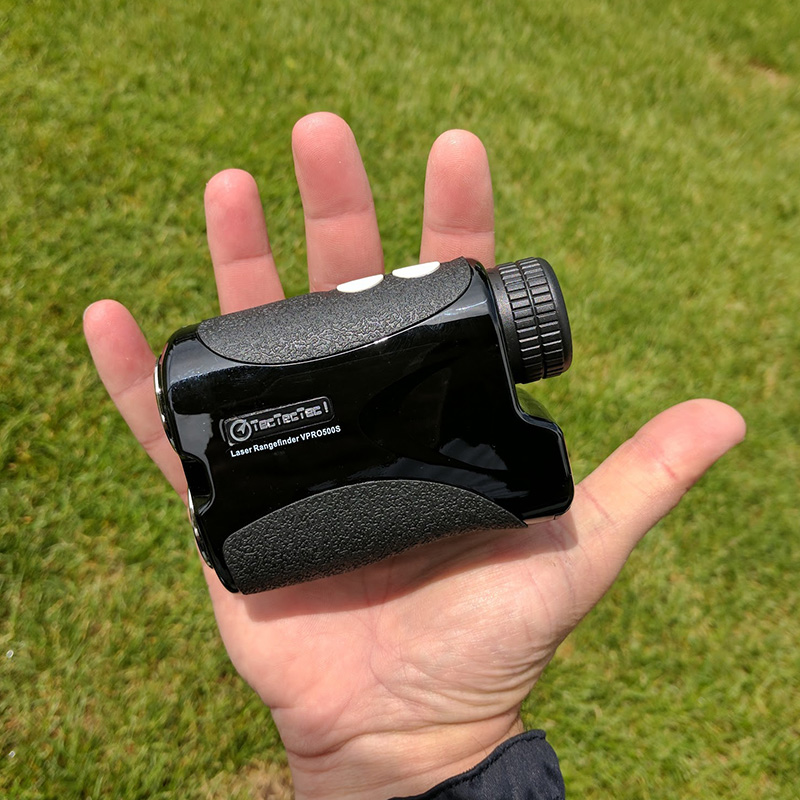
VRPRO500S Features
- “Flagseeker Advanced Pinsensor Technology” – (LOL, not pinseeker) technology locks onto the pin (see critiques)
- Slope – not legal for tournament play but can be turned off
- Yards or Meters
- Measures up to 540 yards (good for you long hitters)
- Very nice zippered case with elastic quick release
- Compact size
- Rainproof
- 6X monocular magnification
- 2 year warranty
The Package
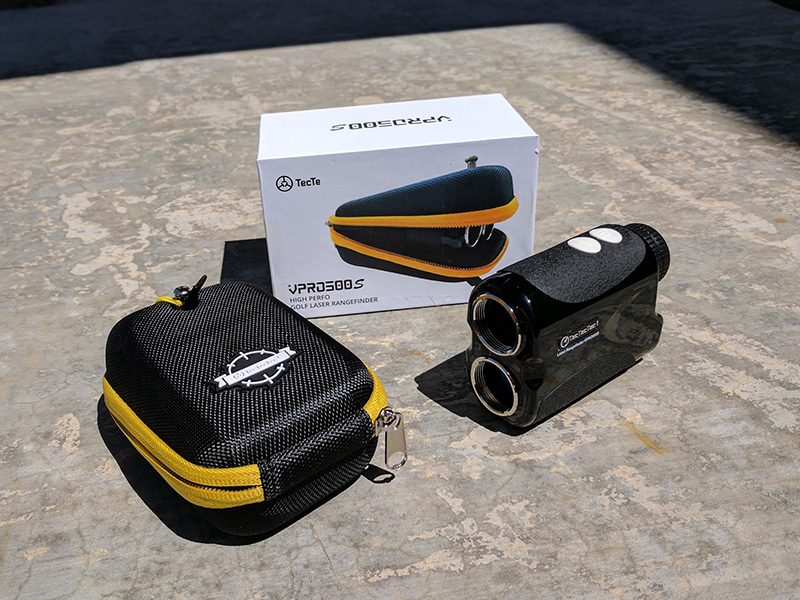
On The Course
The VRPRO500S performed fairly well on the course for me. Keep in mind I’m used to gaming lasers that are 2-3X the cost. I found that in most situations I was able to get an accurate yardage quickly. The numbers on the display are clear and easy to read. The visual through the 6x monocular multi-layer coated lens is clear and bright.
I don’t typically use slope when getting yardages with lasers because my rounds are almost always legit handicap or tournament rounds. But for fun I used the slope a few times to get the hang of it. The slop can be turned on or off via the “mode” button on the top. The slope is quite cool. The actual yardage is shown as normal, but under it is shown the yardage compensated for change in elevation. For instance on one par-3 at my home course the yardage was 145 downhill. With the slope turned on the unit told me the yardage would play like a shot of 137 yards. The top of the display also shows the number of degrees in the slope, which is interesting.
There are also other modes and settings one can use the mode button for. One is a kind of “scan” mode where you can hold the button down and the numbers will automatically update as you move it around.
Naturally the main mode I used is “Flagseeker” mode. LOL, doesn’t sound anything like Pinseeker.
Critiques
One weakness this laser has over the expensive higher end brands is a situation I’ve ran into a few times. The Flagseeker mode has a hard time locking in on the pin when there are trees close behind the pin. More often than not the unit gives me the yardage to the trees, not the pin. Bigger target. In events like that all is not lost though. I’ll just shoot the ground at the bottom of the pin, or shoot the false front, or better yet shoot players if they’re still putting.
Conclusion
At $179 the VRPRO500S is a great value in golf laser rangefinders. It’s difficult to find many with slope in that price range, if there are any others at all.
On The Radar – California’s Oak Quarry Golf Club
Categories: Golf • Golf Course Architecture • Golf Courses • Golf For Women
Tags: California Golf • Golf Travel • Travel
One of my bestest golf buddies has a great gig as a pilot. He is able to stop and play golf in many great places and when he finds good ones, he sends me photos. After seeing his latest batch I was inspired to post about Oak Quarry Golf Club, located in Riverside, California.
The course was designed by Dr. Gil Morgan/Schmidt Curley Designs and has won numerous awards. The course plays to a par of 72 and rates vary depending on date and time between $40-$95.
I dig the layout, even from the few pics I’ve seen. This one is definitely on the HOG radar and I hope to bring the HOG World Tour there soon.
Related
Oak Quarry Golf Club Image Gallery
« Previous 1 … 82 83 84 85 86 … 1,163 Next »



